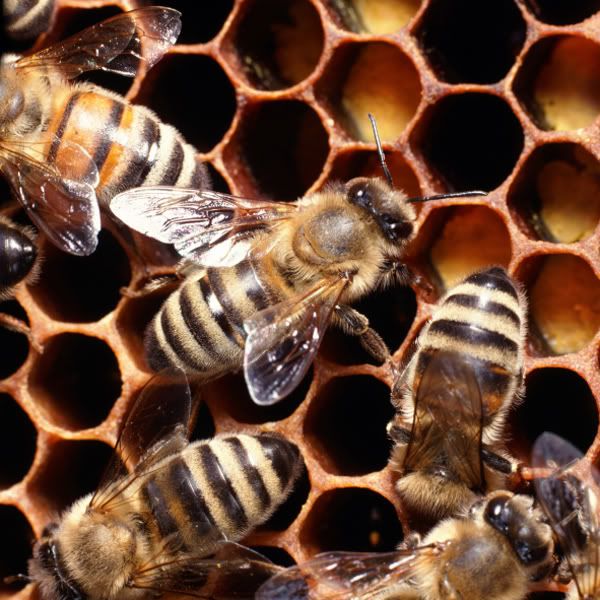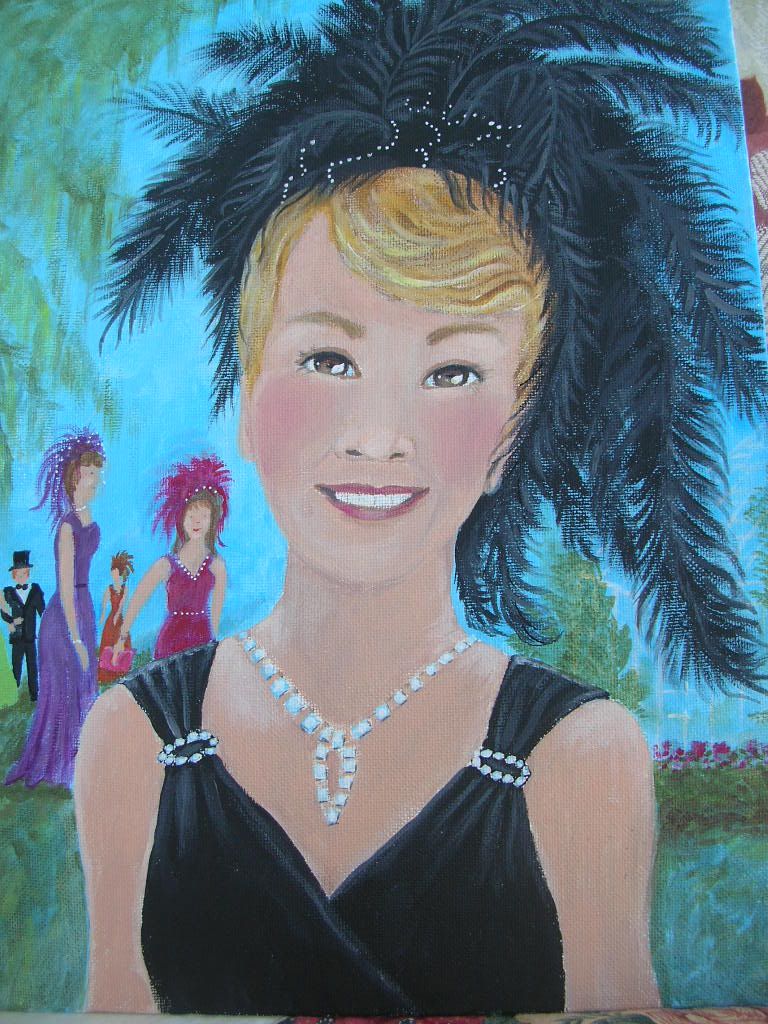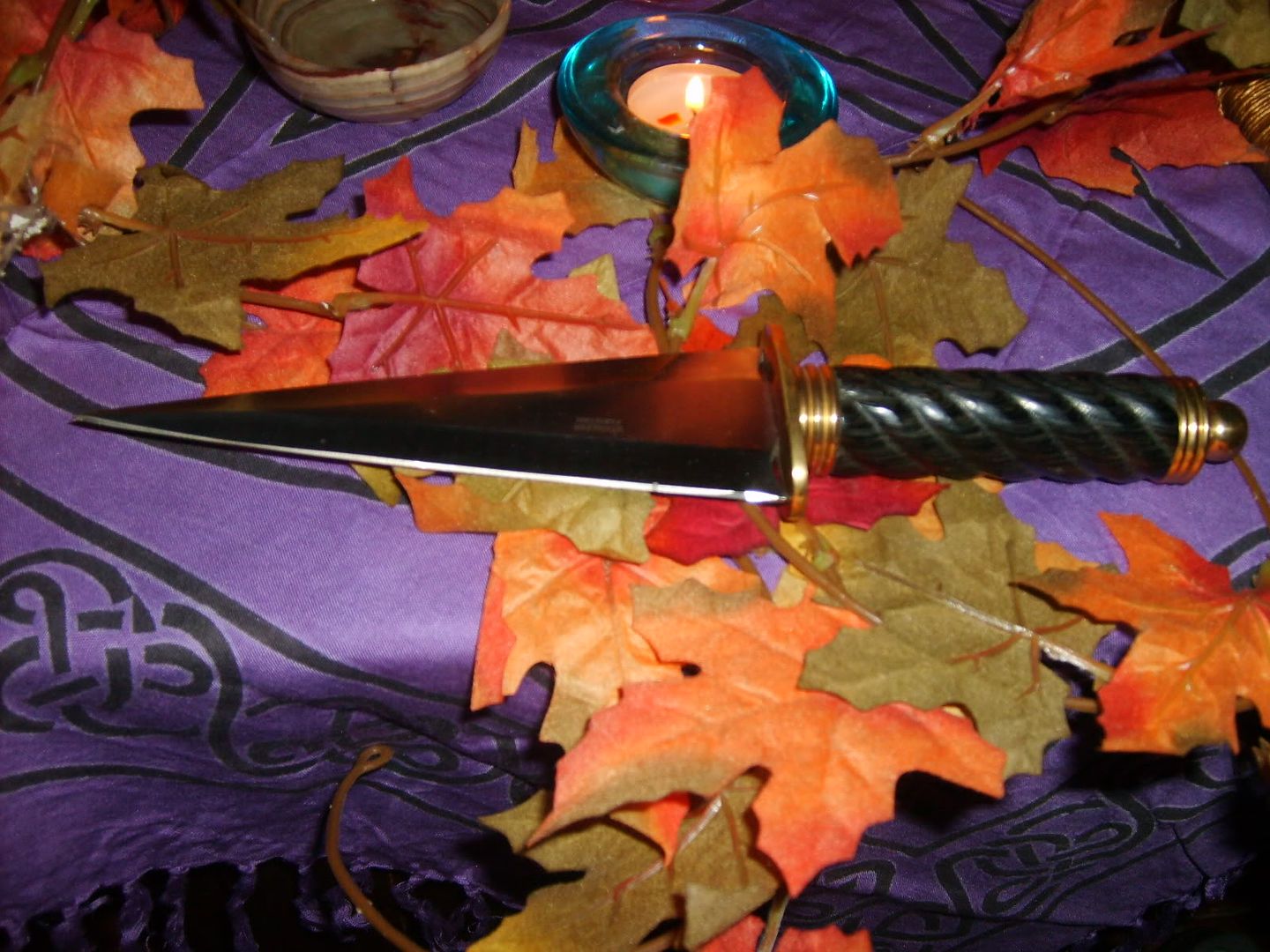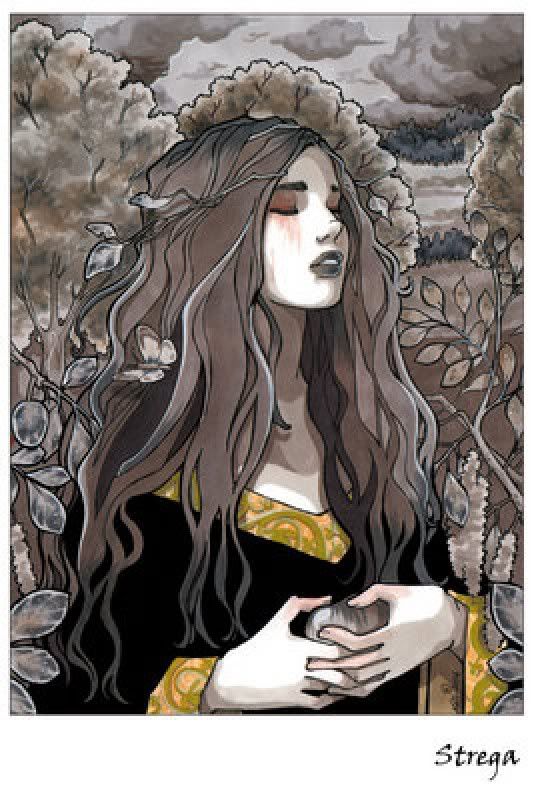From the label of Bunratty Meade, imported mead from Ireland:
This honey-based drink was believed to have powers of virility and fertility, and it became custom for the bride and groom to drink mead for one full moon after their wedding, hence the word "honeymoon."
*************************
Traditional "cinnamon sticks"
From the label of Baker's Select Cinnamon Sticks:
Naturally aromatic Cinnamon Sticks are a traditional staple in American homes. Fanciful craft projects can also be made from this versatile spice. They can be tied together with a decorative ribbon, used with pom poms to make a reindeer or horse using the sticks as legs, make a basket by gluing the sticks together, or boil them in water with apples on the stove to give your home a "baked apple" fragrance. Fit for human consumption.
**************************************************
Wild animals up close
A short while back, while sitting on a deck overlooking a vast hillside which is connected to a state park, I suddenly saw what I momentarily thought was a German shepherd galloping up the hillside towards me. Before I could even think to react, at about ten yards away from me, the animal veered off and scampered off towards the park in broad daylight. Just last week while hiking, a raccoon lunged after me. Apparently it was a mother who was concerned because I was too close to her young.
 A few days ago I saw the movie 'Dawn of the Planet of the Apes'. The apes were portrayed as quasi "people" engaging in simple "politics" with humans. It reminded me of the strangest experience that I ever had with animals. While hiking in the early evening early this year, I encountered a group of about twenty raccoons who were moving in the opposite direction. As we all stopped to access the situation, the raccoons all stood up on two feet looking at me. They were like little people, subtly negotiating a peace treaty. After about thirty seconds, they moved over to one side to pass. I'll never forget that.
A few days ago I saw the movie 'Dawn of the Planet of the Apes'. The apes were portrayed as quasi "people" engaging in simple "politics" with humans. It reminded me of the strangest experience that I ever had with animals. While hiking in the early evening early this year, I encountered a group of about twenty raccoons who were moving in the opposite direction. As we all stopped to access the situation, the raccoons all stood up on two feet looking at me. They were like little people, subtly negotiating a peace treaty. After about thirty seconds, they moved over to one side to pass. I'll never forget that.Raccoons and coyotes are two wild animals which have adapted to encroaching civilization by engaging in covert or guerrilla-like tactics. Interacting with wildlife doesn't have to be something so dramatic. Sometimes you can just enjoy a bluejay or two which come upon your space; or enjoy listening to a bird concert when they occur.
**************************************************
'Search for the Lost Giants' (History Channel)
Although this subject is not one generally covered on this blog, it is curious in that the fossil record is very clear about eight to nine foot "giants." Unlike the Bigfoot legend, which has little physical evidence, this subject could easily be blown wide open. Clearly the Smithsonian and other institutions don't want to touch it, and often the remains just disappear. They're usually more like seven to eight feet, which isn't so hard to imagine since the Dinka tribe in Africa average about seven feet.
**************************************************
 Jesus the sun god married to Mary Magdalene the moon goddess?
Jesus the sun god married to Mary Magdalene the moon goddess?The other night on the Science Channel, an episode of 'Biblical Conspiracies' presented evidence in script and art that Jesus and Mary Magdalene were married, that Jesus was a Hebrew from Judea of the Jewish faith and Mary Magdalene was a Phoenician from Phonicia-Canaan of a pagan tradition, and there was at least one clear ancient depiction (in tile I think) of Jesus as a "sun god" with Mary Magdalene as a "moon goddess."
Of course, there is evidence to the contrary, evidence that they never existed at all, evidence that Christianity was plagiarized from ancient Egyptian sun worship, etc. Still, it was curious to me to ponder the concept of an Egyptian sun god (Horace) manifesting in Judea; and married to what possibly could be a European moon goddess (Hecate in Greece/Asia Minor) manifesting in Phoenicia. Even if it was mere mythology, it could possibly represent an interesting spiritual cross-bridge of cultures.
Also, Mary Magdalene--whether literally or mythologically--could be the co-founder of Christianity. Could the Catholic obsession with "Mary" have an origin as Mary Magdalene? Negative depictions of Mary Magdalene may have been later added, perhaps to discredit the rival Phoenicians. Hebrews were the "chosen people," so you can't have a Phoenician goddess. There were many different Christian sects back then; how do we know which one was right? The "moon goddess" may have also come from the Egyptian goddess Isis, and that gets to become more complex with many possible conflations...
.














